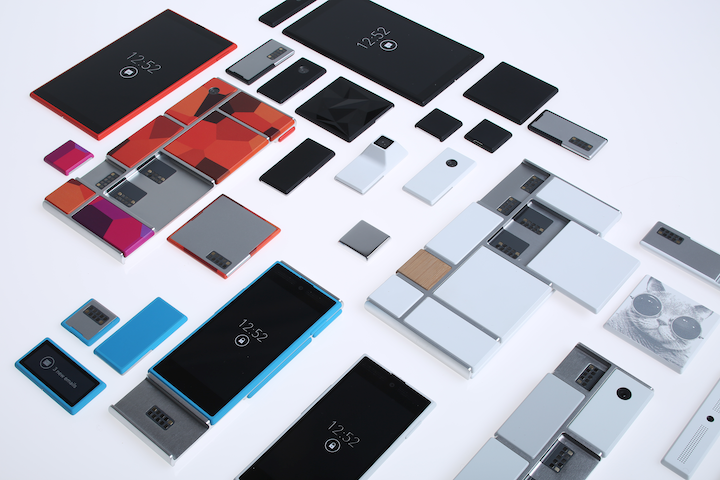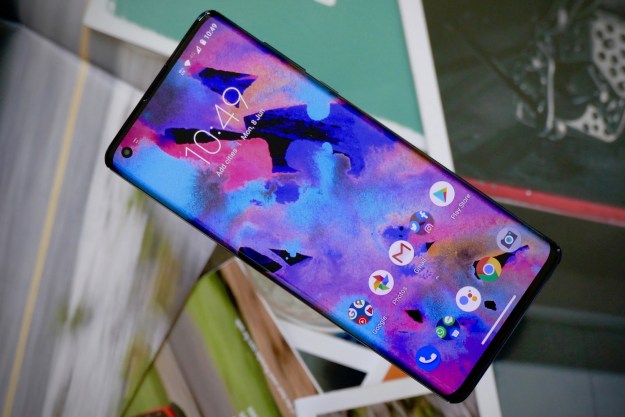
Remember Dave Hakkens and his Phonebloks project that plans to let you put together your own handset by choosing from various components and modules? Turns out Motorola has been working on a similar idea for the past year.
The Google-owned company has just announced Project Ara, an initiative with many of the same goals as Hakkens’ Phonebloks idea, including “to develop a phone platform that is modular, open, customizable, and made for the entire world,” as Motorola puts it.
In fact, so similar are the two schemes that the pair will help each other in an effort to realize their respective visions.
Motorola’s Ara platform will comprise two main parts: an endo (endoskeleton) – the structural frame of the device – and a set of blocks, or modules, for building a complete handset.
Having your handset made up of a variety of modules means you’ll be able to purchase specific parts for your device as and when needed, one piece at a time. Scratched screen? Just buy another one. Dead battery? Click in a replacement. Faulty flash? Swap it out.

Of course, it doesn’t always have to be a faulty part you replace. You might simply want to upgrade to faster and more powerful components, in which case, just choose the module you want and switch it.
Such a platform would allow you to build exactly the kind of device to suit your needs, so if, for example, you operate mostly in the cloud, you could swap your memory module for a larger battery module.
The system is also designed to reduce waste, with so many people today ditching their entire handset as soon as one part of it fails.
Announcing Project Ara in a blog post Tuesday, Paul Eremenko of Motorola’s Advanced Technology and Projects group said his team “want to do for hardware what the Android platform has done for software: create a vibrant third-party developer ecosystem, lower the barriers to entry, increase the pace of innovation, and substantially compress development timelines.”
Eremenko said that as his team moves forward with the technical side of the project, it’ll work closely with Hakkens and his Phonebloks community to help shape the initiative. Invitations will soon be sent to developers to start designing the multitude of modules required for the Ara platform.
The blog post offers a sneak peek at early designs for Project Ara, revealing what appears to be some fairly well-developed components that bring a dash of color to Hakkens’ concept device.
Of course, the project is still very much in its infancy, though Motorola, having clearly invested a fair bit of time and money in the platform, appears to want to make a real go of it.
If you could build a decent phone out of modules at a reasonable price, would you be interested, or are the Moto X’s customization options about as far as you want to go when it comes to ‘building’ a device?
Editors' Recommendations
- The best Motorola phones in 2024: which one should you buy?
- Forget Verizon and AT&T — why you should build your own cell network
- This is the Moto X30 Pro, Motorola’s 200MP smartphone camera beast
- Google will soon let you repair your Pixel phone yourself
- Apple will now let you fix your own iPhone in win for right-to-repair campaigners


